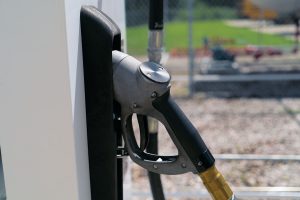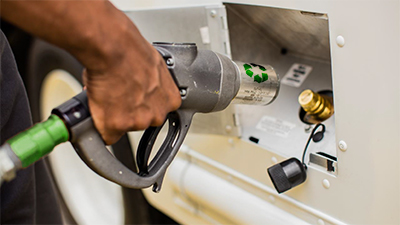Preservation of American Know-How

I recently delivered a keynote speech regarding the development of alternative fuel technology; however, this time I pursued a different angle with my message.
The “green/clean” energy message is crisp and clear to everyone willing to listen. I decided we needed to peel the layers back a little further and identify other benefits of deploying sources of domestic energy.
Consider this …
At the turn of the 20th century (early 1900s), the primary mode of transportation was the American railroad. Before the great Ford Motor Company and General Motors existed, there were companies like the American Locomotive Company, which possessed critical transportation manufacturing capabilities. With the pending advent of the automobile, our leaders approached what would arguably be the premier industrial manufacturers of locomotives, asking them to consider an alternative method of transportation manufacturing.
The locomotive executives briefly considered getting into what was, at the time, considered an alternative means of transportation. Some even attempted to manufacturer automobiles — eventually concluding that it was an endeavor not worth pursuing. So they went back to manufacturing what they knew, namely locomotives.
(Editorial commentary: I’m guessing that those decisions included some consideration that the automobile would never replace the locomotive as a primary means of transportation. After all, where are they going to run these “autos”? Not only are roads limited, but there’s the question of how to put “energy” or “fuel” in them. And, of course, our favorite, “What if I get out in the middle of nowhere and it stops working?” Oh the fear!)
We all know how that story turned out. Thank goodness that our grandfathers and great-grandfathers were willing to lead our country into a new alternative means of transportation — automobiles. In doing so, our country created a “know-how” for generations to come. Fast forward to













